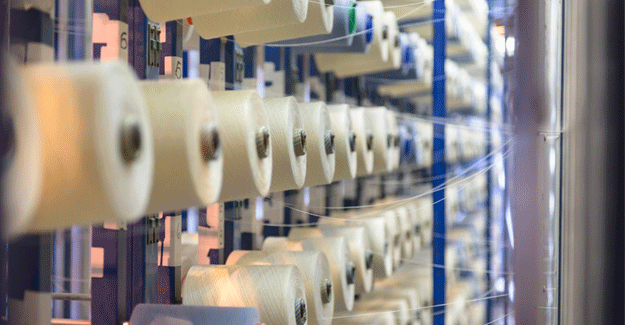
Global Textile Industry Stares At Slow Recovery
The global textile and apparel industry was only just reaching pre-2020 levels of business and revenue, expecting robust turnaround in 2022, even as economies around the world are still combating against the coronavirus. Now there is apprehension that the Russia-Ukraine conflict could delay the revival of the industry which is amongst the largest employers. According to India’s Union Finance Minister Nirmala Sitharaman, “India's development is going to be challenged by the newer challenges emanating in the world. Hopefully, some kind of restoration of peace at the earliest will happen, based on which, recoveries can be sustainable. Economic recovery not just in India but across the world will be severely hampered.” While India’s textile and apparel trade with Russia and Ukraine is miniscule, there will be further inflationary pressures on the textile industry, hampering overall T&C trade. Average crude oil prices in 2021 were at US$ 71.4 a barrel. And in the first two months of 2022 alone, average prices are 24.44% higher than in 2021. Notwithstanding the underlying global oil politics, oil and energy prices are expected to rise further, especially after the conflict. In turn, this will raise production costs, and prices of polyester. Average polyester prices in 2022 are 7.5% higher than in 2021. Average cotton prices in 2022 are 28.22% higher than in 2021. While some producers had switched to polyester from cotton in the wake of relentless rise in cotton prices, how far this will be sustainable now is to be seen. The current situation does not seem to warrant any significant let-up in raw material and input costs. There were early signs of shipping container congestion easing up, and freight costs moving towards some stability. This situation may again become volatile. US and Europe are planning economic sanctions on Russia, and vice versa. While these sanctions may or may not be effective, given Russia’s long history of dealing with economic sanctions, there will be fallout on prices and supply chains. Economic slowdown in Europe amid high inflation would result in lower consumer spending, especially on textiles and fashion. In mid-February, the UK reported a drop in consumer confidence to its lowest level in more than a year, due to broadening price pressures. The situation may worsen after the conflict, if reasonable peace is not attained soon. Similar trend can be expected in other West European countries too, which are important apparel consumer markets. Many EU countries depend on wheat and energy products from Russia and Ukraine, increased prices of these commodities will influence the overall markets and consumer confidence. Unless of course, other countries step in as food and energy suppliers to Europe. Either way, escaping inflation looks to be a difficult task. While some exporters have stated that a weaker rupee would aid exports, it may not be as simple as that, given the underlying economic factors.
Textile Excellence
If you wish to Subscribe to Textile Excellence Print Edition, kindly fill in the below form and we shall get back to you with details.








